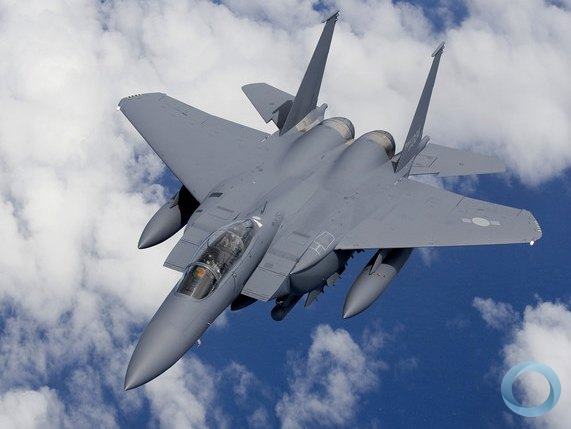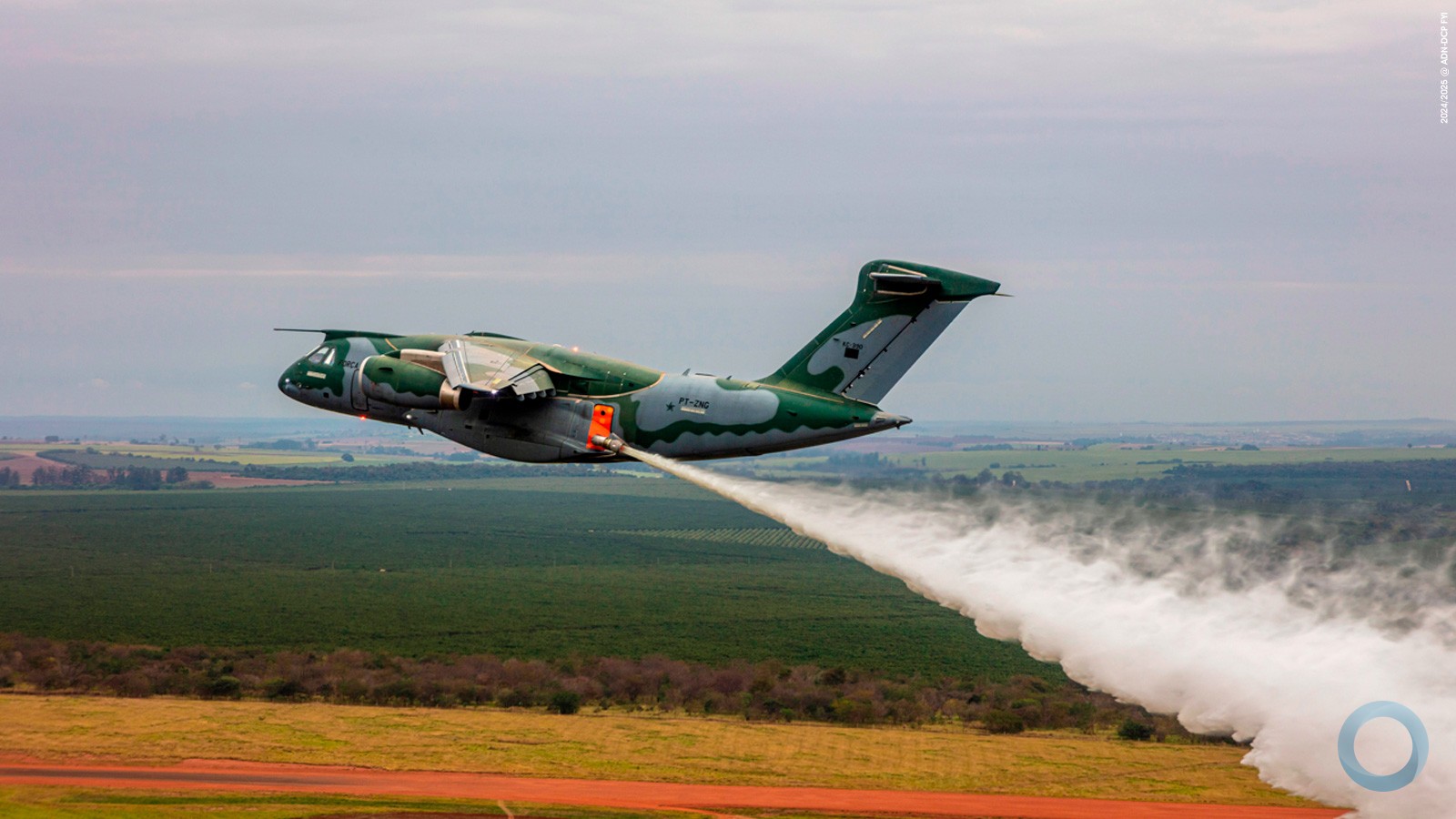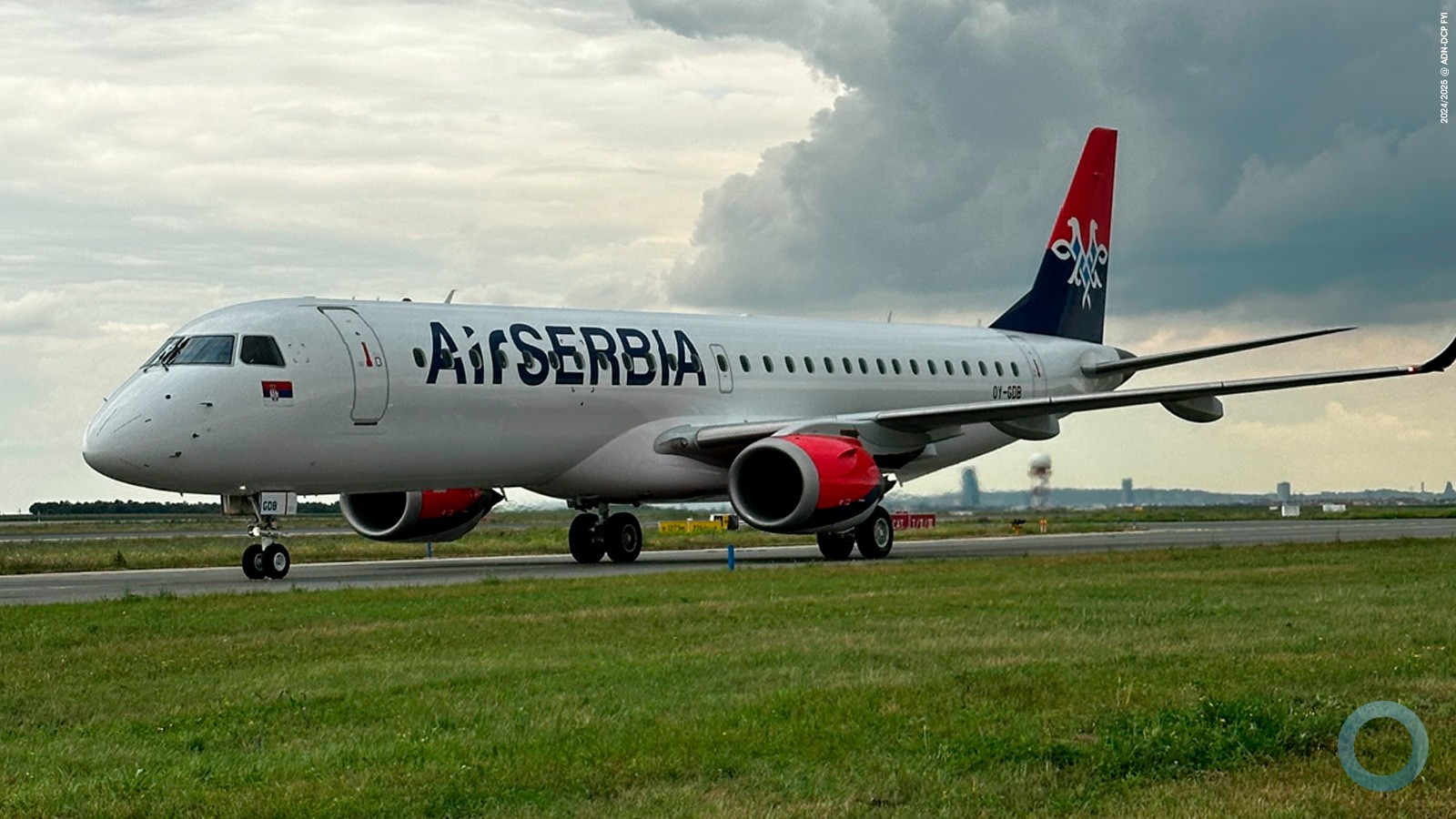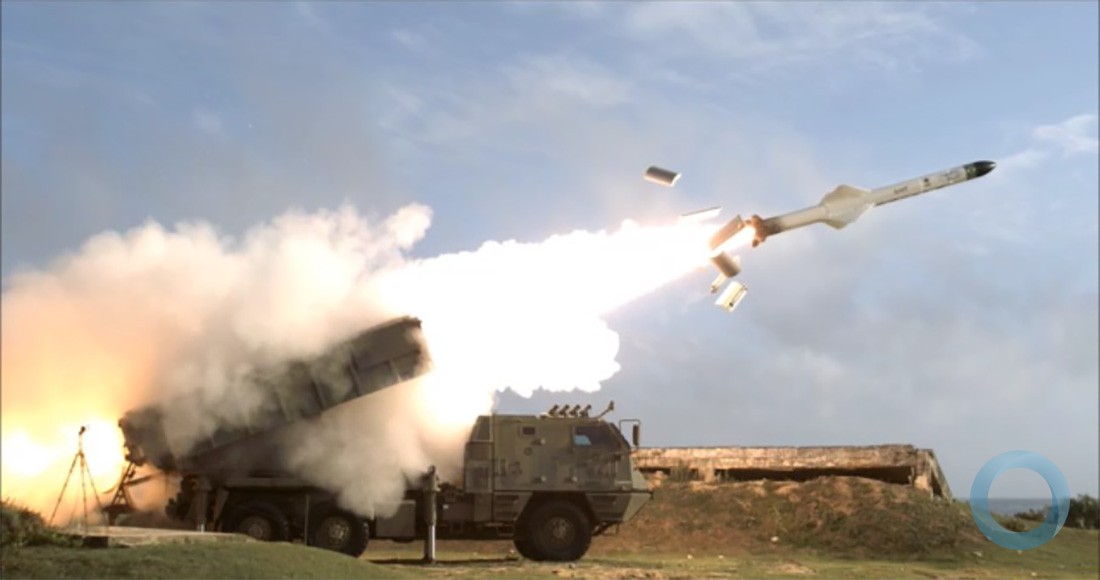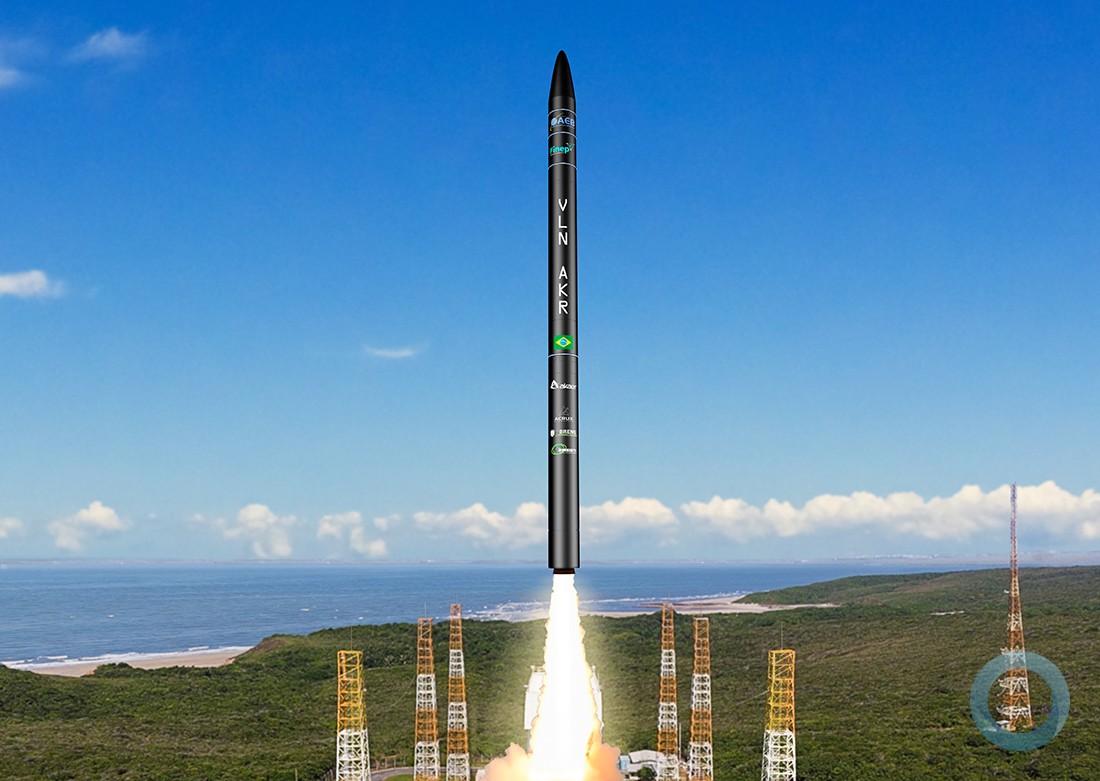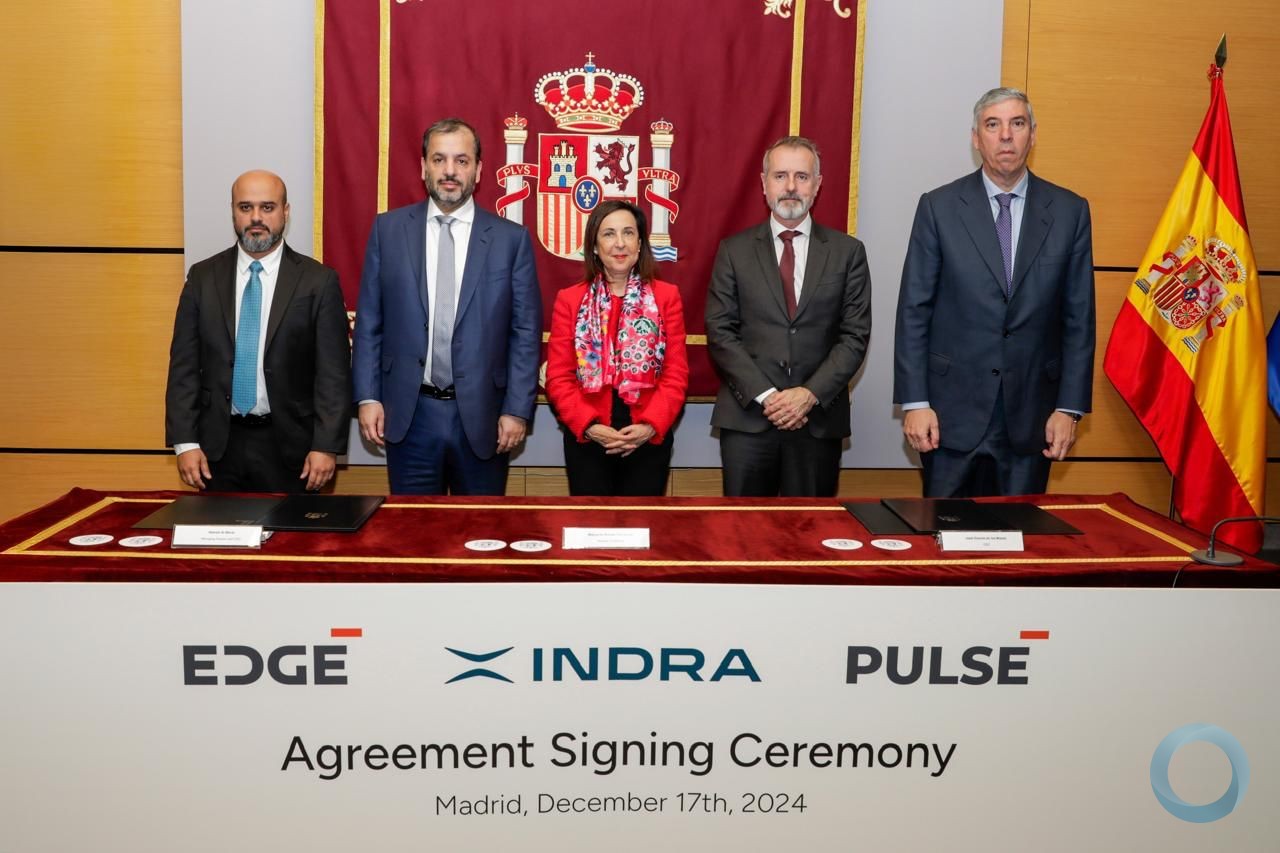The global air transport industry has adopted a long-term climate goal of net-zero carbon emissions by 2050, confirming the commitment of the world’s airlines, airports, air traffic management and the makers of aircraft and engines to reduce CO2 emissions in support of the Paris Agreement 1.5ºC goal.
The agreement was reached during the International Air Transport Association’s (IATA) Annual General Meeting in Boston, Massachusetts. Embraer’s commitment to support net-zero by 2050 was announced earlier this year. “Embraer welcomes this important commitment.
We face a global challenge and this commitment from industry globally, is essential in achieving the focus required to succeed in the task ahead.”, said Francisco Gomes Neto, President and CEO of Embraer. “Meeting this challenge, while retaining the enormous societal and economic benefits air connectivity brings, is the focus of our team.”
In a declaration released today www.aviationbenefits.org/FlyNetZero, representatives of the world’s major aviation industry associations and largest aircraft and engine makers committed that “global civil aviation operations will achieve net-zero carbon emissions by 2050, supported by accelerated efficiency measures, energy transition and innovation across the aviation sector and in partnership with Governments around the world.”
Embraer believes that net-zero carbon emission by 2050 can be achieved by developing products, services, and disruptive sustainable technologies such as electrification, hybrid, biofuels – including Sustainable Aviation Fuel (SAF) – and other innovative energy alternatives.
The company is already working together with suppliers to make current aircraft compatible with the use of 100% SAF as well as actively working with the supply chain to expand the global SAF production scale. Among other initiatives, Embraer aims at continuously improving the efficiency of current aircraft until the certification of new technologies.
The Air Transport Action Group´s (ATAG) Waypoint 2050 report shows that despite the goal being challenging, there are credible paths for global civil aviation to reach net-zero carbon by 2050. The report shows several scenarios, focusing on new technology options such as electric and hydrogen aircraft for the short-haul fleet, to a complete shift to sustainable aviation fuel for medium- and long-haul operations.
Haldane Dodd, Acting Executive Director of the ATAG said: “We have identified the building blocks needed and the scale of the challenge is substantial, but with supportive government policy and the backing of the energy sector, it can be done.”
Air Transport Action Group’s report, Waypoint 2050, outlining the pathways available to achieve net-zero carbon emissions in aviation is available at :www.aviationbenefits.org/W2050













